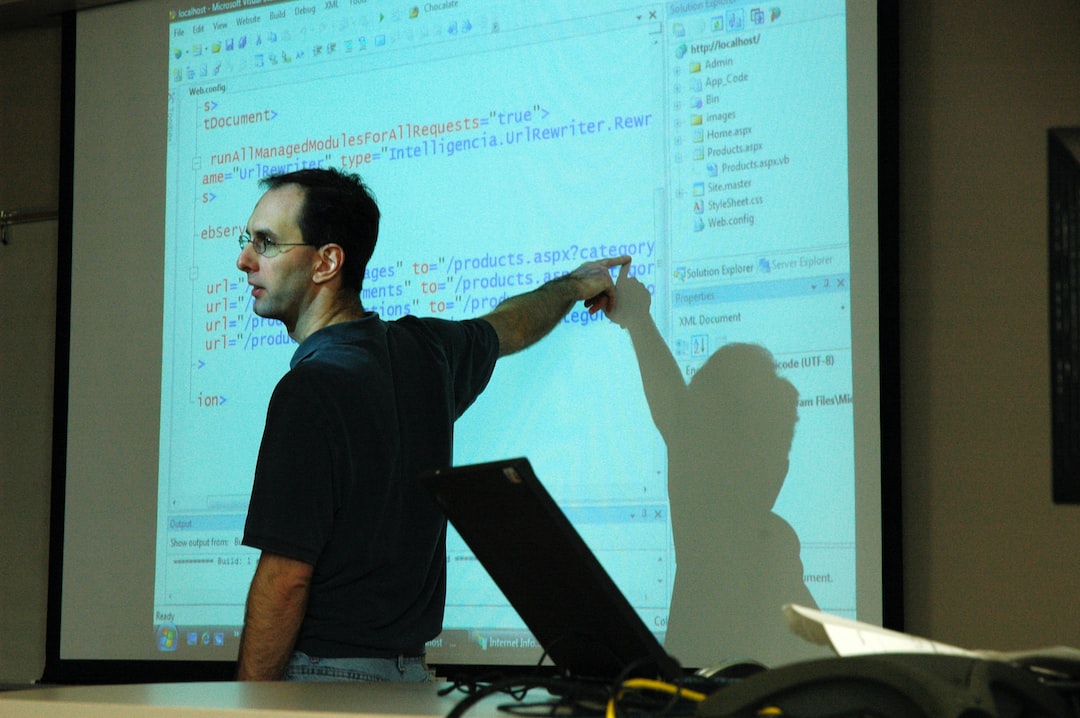Virtual reality (VR) is a technology that has been making waves in recent years, captivating the interest of both technology enthusiasts and casual users alike. However, despite its growing popularity, there still seems to be a lack of understanding surrounding this emerging technology. In this blog post, we aim to demystify virtual reality by exploring its applications and advancements.
Firstly, let’s delve into the applications of virtual reality. VR has found its place in various industries, revolutionizing the way things are done. In the field of healthcare, for instance, VR has been used to simulate surgical procedures, allowing surgeons to practice in a virtual environment before performing complex operations on actual patients. This not only enhances their skills, but also reduces the risk involved in surgery.
In addition, virtual reality has also made significant strides in the gaming industry. With VR headsets and controllers, gamers can now immerse themselves in virtual worlds, providing an enhanced and immersive gaming experience. This technology allows players to interact with the virtual environment and other players in ways that were previously impossible with traditional gaming consoles. As a result, VR has opened up new avenues for game developers to create unique and innovative games.
Moreover, education is yet another field benefiting from the advancements in virtual reality. The ability to transport students to historical events, remote locations, and even outer space through virtual reality simulations has revolutionized the traditional classroom setting. This immersive learning environment can significantly increase engagement and retention among students while also making learning more enjoyable.
Apart from applications, virtual reality also continues to advance with each passing year. One major advancement is the development of standalone VR headsets. Previously, VR required expensive and cumbersome equipment, such as high-powered PCs or gaming consoles. However, companies like Oculus and HTC have introduced standalone headsets, eliminating the need for external devices. These standalone headsets are more accessible to the general public and provide a more user-friendly experience.
Furthermore, advancements in haptic feedback have significantly improved the sense of touch in virtual reality experiences. Haptic feedback technology allows users to feel sensations as if they were occurring in the virtual world. This technology has great potential in various fields, such as medicine and engineering, where the ability to touch and feel virtual objects can enhance training and design processes.
In addition, the field of augmented reality (AR) has also seen advancements due to virtual reality. Augmented reality overlays virtual objects onto the real world, enhancing the user’s perception of reality. The rise of VR has fueled innovation in AR, with companies like Microsoft developing devices like the HoloLens, which provides users with mixed reality experiences. This convergence of VR and AR opens up endless possibilities for applications in fields such as entertainment, retail, and even healthcare.
Despite the numerous applications and advancements in virtual reality, it still faces challenges that need to be addressed. One major challenge is the issue of motion sickness. Some users may experience discomfort or nausea when using VR headsets, limiting the time they can spend in virtual environments. This issue is being actively addressed by researchers and developers to create smoother and more comfortable VR experiences.
Another challenge is the high cost associated with VR technology. Although standalone headsets have made VR more accessible, the initial investment can still be a deterrent for many individuals and businesses. As technology advances, it is expected that the cost of VR hardware will decrease, making it more accessible and widespread.
In conclusion, virtual reality is a technology with vast applications and exciting advancements. From healthcare to education, gaming to engineering, VR has the potential to revolutionize various industries. The advancements in haptic feedback, standalone headsets, and the convergence with augmented reality are just a few examples of how VR continues to progress. However, challenges such as motion sickness and cost need to be overcome for virtual reality to reach its full potential. Nevertheless, the future of virtual reality looks promising, and we can expect to see even more groundbreaking innovations in the coming years.

